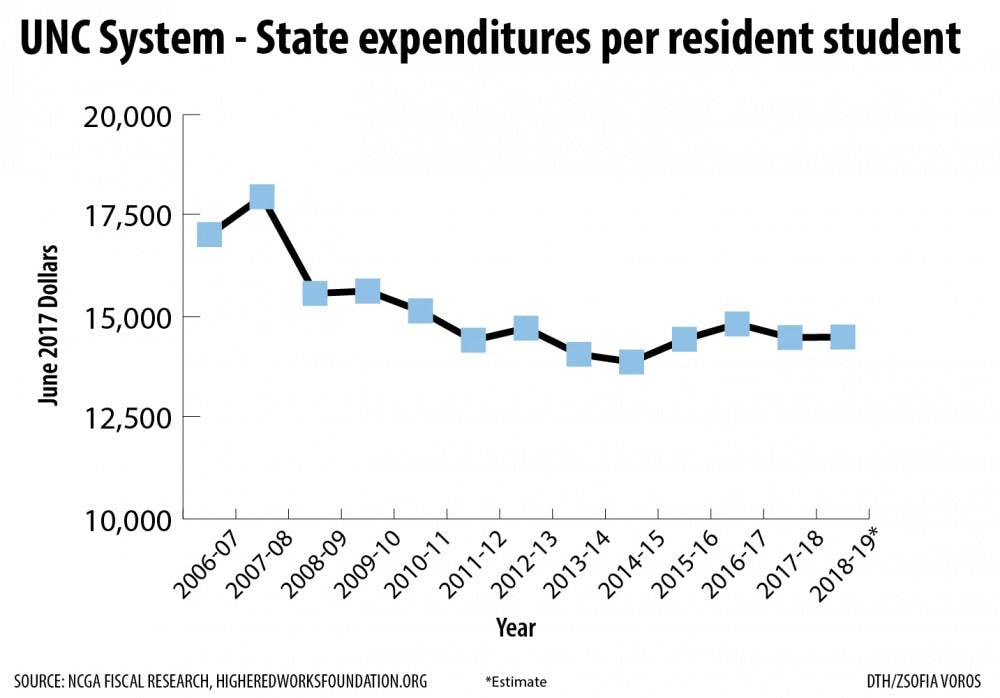In the midst of the #MeToo movement and debates on college campus protests, the American Association of State Colleges and Universities named sexual assault and free speech as top higher education state policy issues for 2018.
The brief, released in January, named 10 issues: changes in federal law, slow state revenue growth, college affordability, economic and workforce development, undocumented and DACA students, guns on campuses, state responses to population shifts, performance-based funding and college completion, campus free speech and campus sexual assault.
“An issue brief like this provides awareness of trends in higher education,” said Tom Harnisch, director of state relations and policy analysis at AASCU. “State public policy, including higher education policy, can travel rapidly from one state to the next. This has been true with issues like performance-based funding, college affordability, and guns on campus.”
AASCU releases daily news about higher education. The group combines that information with what governors and legislators are saying about higher education to develop the brief, Harnisch said.
“Right now we’re tracking what governors are saying in their State of the State addresses, so in March we’ll release what they said about higher education, and in July or August we’ll release how the legislative sessions went in regards to higher education,” he said.
Harnisch said a variety of the issues listed in the brief could affect North Carolina in 2018.
“Certainly the changes made in Washington will affect state policy in Raleigh, and the state revenue growth and college affordability are clearly very salient issues in North Carolina,” he said. “There are other issues, free speech on campus has been debated in North Carolina and a bill has been passed.”
Daniel Gitterman, chairperson of the UNC public policy department, identified state policy on funding as a key issue affecting UNC.
“My sense is that we experienced some significant cutbacks during the Great Recession and I’m not sure we’ve returned to the levels that were pre-Great Recession,” Gitterman said. “My understanding is that our contribution from the state has remained pretty static.”



